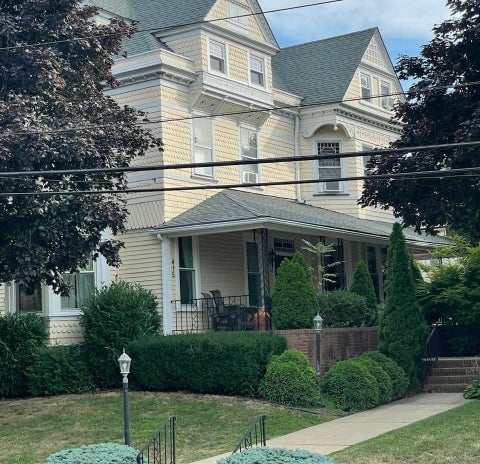Connecting for Commercial Needs
If you are in the market for an Office building, Retail space or an Industrial property, I am your Girl! Commercial leases are typically for retail stores, restaurants, offices, and medical practices while offering stable, long-term rental income. In commercial real estate there are several different types of leases that are commonly used, each with different terms and responsibilities for tenants and landlords.
Gross Lease is when the tenant pays a fixed rent and the landlord covers most or all of the operating expenses, including property taxes, insurance, and maintenance.
Net Lease requires the tenant to pay rent plus some or all of the property’s expenses. There are several types of net leases: Single Net Lease (N), Double Net Lease (NN) and Triple Net Lease (NNN)
Percentage Lease the tenant pays a base rent plus a percentage of their business’s gross sales. This type of lease is common in retail spaces
Modified Gross Lease is a compromise between a gross lease and a net lease. The tenant pays a fixed rent along with some property expenses, while the landlord covers other expenses like property taxes and insurance.
Ground Lease involves leasing the land only, which allows the tenant to build on the property. The tenant is responsible for developing the property and pay rent for the land itself. Ground leases are often long-term, lasting several decades.
Absolute Net Lease is when the tenant takes on all the financial responsibilities for the property, including structural repairs. This lease is common in single-tenant buildings leased to national chains or corporate businesses.
Short-Term Lease is for a temporary or seasonal use businesses /"pop-up shops." These leases may last for a few months or a year, providing flexibility for tenants.
In order to ensure a successful commercial real estate transaction, it is important for both the landlord and tenant to understand the lease terms prior to writing and signing the perspective lease agreement.


Servicing:
Bergen County
Essex County
Hudson County
Middlesex county
monmouth County
Morris county
© 2024. All rights reserved.


Get in Touch!
Call or text: (732) 589-3280
Email: Taylorp@kw.com
Let's Get Social!


45 County Road 520, Englishtown, NJ 07726
Each Office is Independently Owned and Operated.
ocean County
passaic County
somerset county
sussex County
union county
